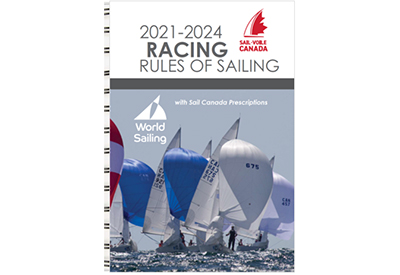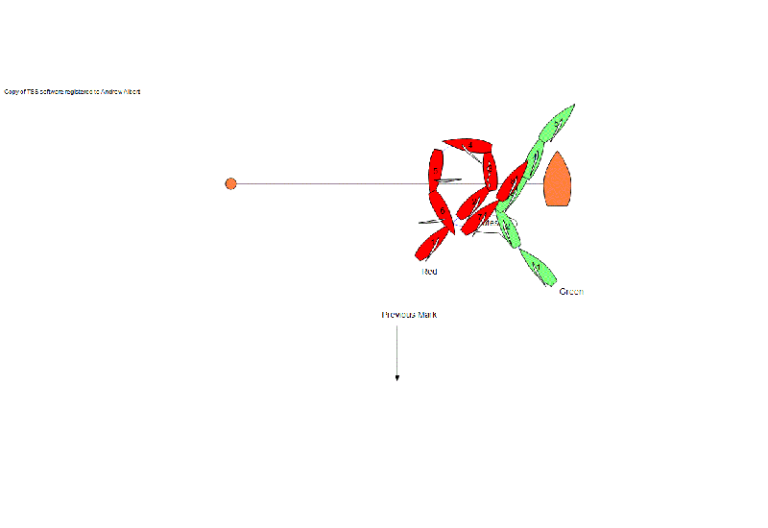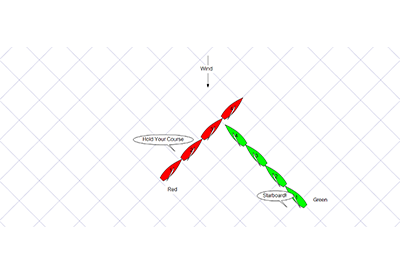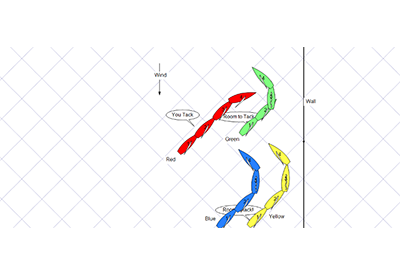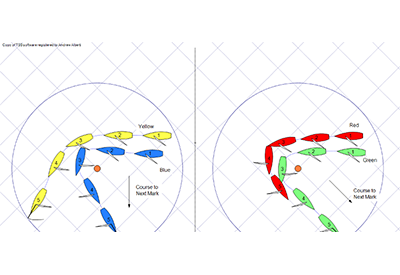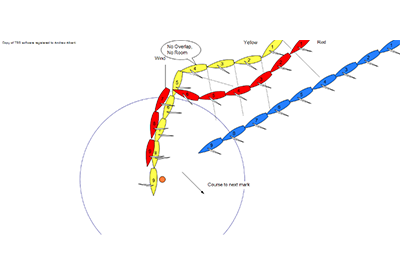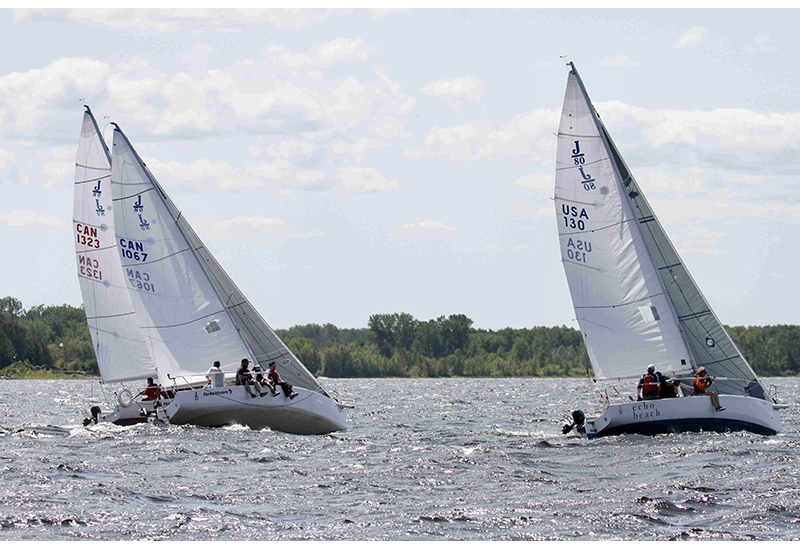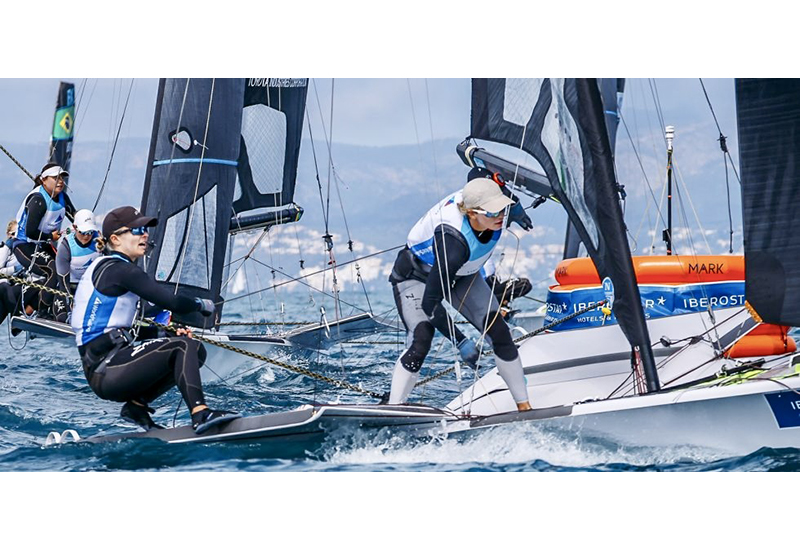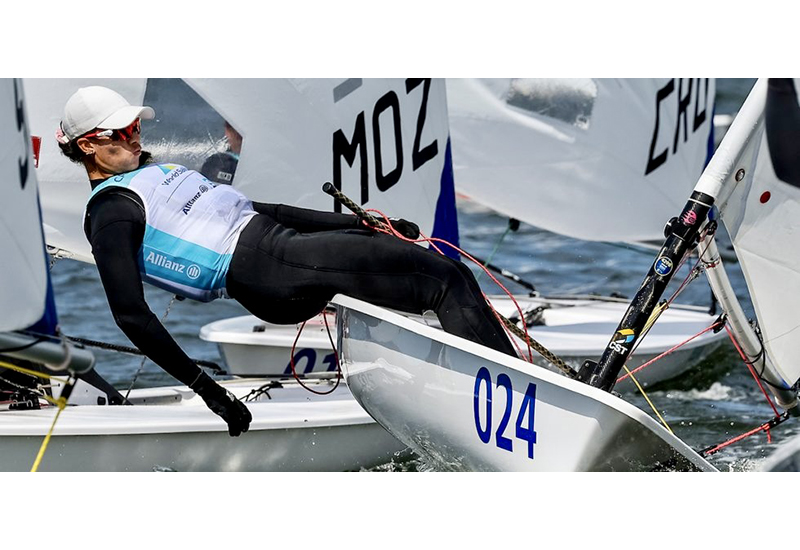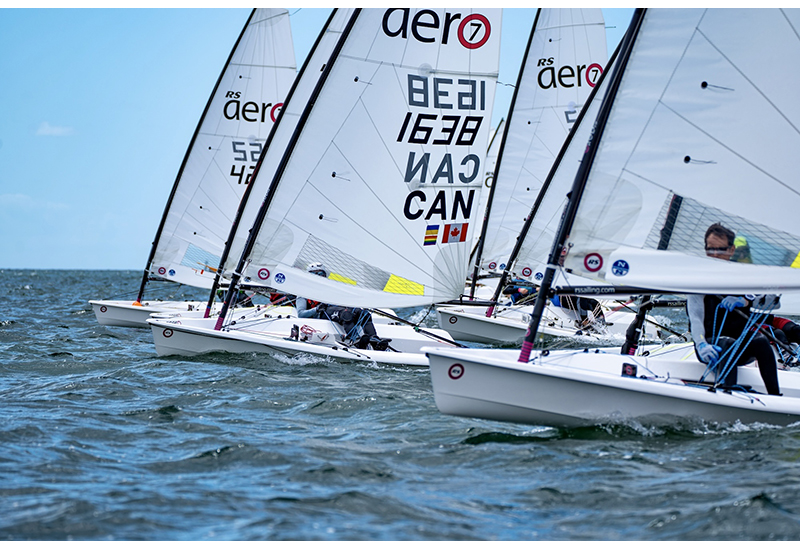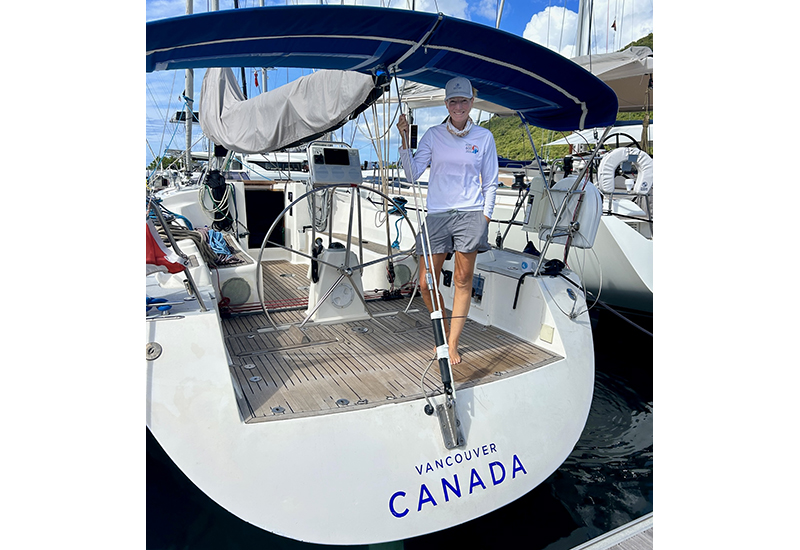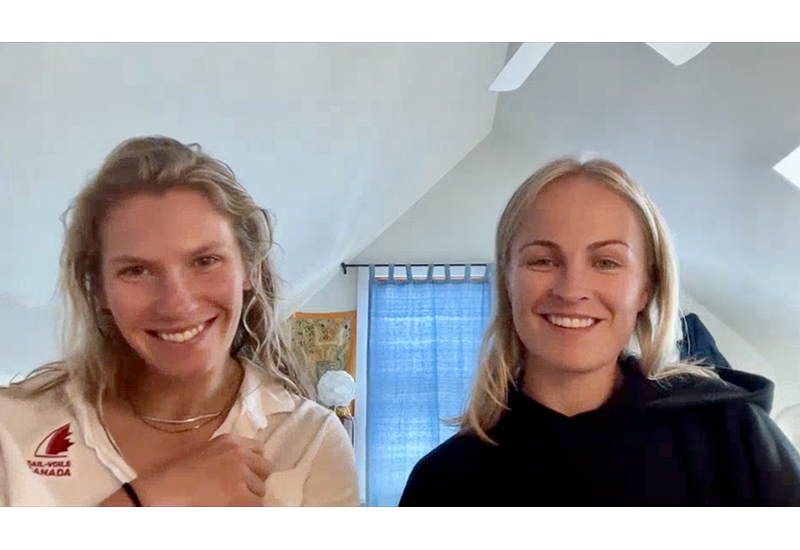The Rules Guy: An Overview Of The Right-Of-Way Rules – instalment 1
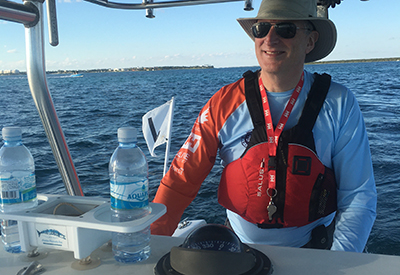
Mar 12, 2020
By Andrew Alberti
As we start a new sailing season, I am going to start a new view of the right-of-way rules. I hope that by giving an overview, I can help my readers understand the rules for themselves.
The Racing Rules of Sailing has the right-of-way rules in Part 2 titled “When Boats Meet”. We start with an important concept. Boats are free to sail, at least according to this section of the rules, anywhere, in any direction, at any speed, with any course alteration until they meet another boat or boats. This section of the rules puts limitations on that sailing, once boats meet.
Part 2 of the rules has 4 sections, though I like to think of it as 5 parts. To me the first part is buried in the middle. It is rule 14 “Avoiding Contact”. The other 4 sections are as listed in the rules: Section A, Right of Way, Section B, General Limitations, Section C, At Marks and Obstructions and Section D, Other Rules.
Starting with rule 14, the essential reason for having right-of-way rules is to prevent collisions. Rule 14 starts by telling all boats to avoid contact. It then has some further guidance for right-of-way boats and boats entitled to room or mark-room. This further guidance depends on understanding who is right-of-way or entitled to room, so we will leave that until later.
Section A sets out right of way. It splits boats into mutually exclusive groups (a boat cannot belong to both at the same time). Boats may be on opposite tacks, in which case they are covered by rule 10, or they may be on the same tack. If boats are on the same tack, they may be overlapped and covered by rule 11, or they may be not overlapped and covered by rule 12. Finally, while one or both boats are tacking, rule 13 applies. All of these rules say that one boat shall keep clear of another boat. Rule 10 says that the port-tack boat shall keep clear, rule 11 says that the windward boat shall keep clear, rule 12 says that the boat clear astern shall keep clear and rule 13 says the boat that has passed head to wind shall keep clear. The principle is the same in each case – one boat has to keep clear of another. The introduction to this section tells us that the other boat has right of way.
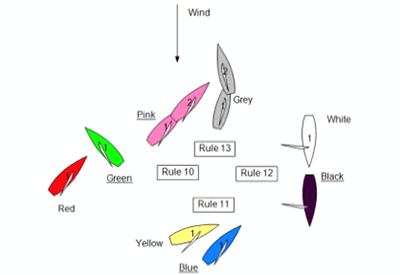 The diagram shows a simple example of each of these rules. Red (port tack, rule 10), Yellow (windward, rule 11), White (clear astern, rule 12) and Grey (tacking, rule 13) must keep clear. Green, Blue, Black and Pink have right of way.
The diagram shows a simple example of each of these rules. Red (port tack, rule 10), Yellow (windward, rule 11), White (clear astern, rule 12) and Grey (tacking, rule 13) must keep clear. Green, Blue, Black and Pink have right of way.
This all appears pretty straightforward, but we need an understanding of the meaning of certain key words and phrases. These are in italics in the rules. To determine who is on which tack, who is overlapped and what it means to keep clear, we have to look at a different section of the rule book, the definitions, and this we will do in the next article.
14 AVOIDING CONTACT
A boat shall avoid contact with another boat if reasonably possible. However, a right-of-way boat or one entitled to room or mark-room
1 need not act to avoid contact until it is clear that the other boat is not keeping clear or giving room or mark-room, and
2 shall be exonerated if she breaks this rule and the contact does not cause damage or injury.
SECTION A RIGHT OF WAY
A boat has right of way over another boat when the other boat is required to keep clear of her. However, some rules in Sections B, C and D limit the actions of a right-of-way boat.
10 ON OPPOSITE TACKS
When boats are on opposite tacks, a port-tack boat shall keep clear of a starboard-tack boat.
11 ON THE SAME TACK, OVERLAPPED
When boats are on the same tack and overlapped, a windward boat shall keep clear of a leeward boat.
12 ON THE SAME TACK, NOT OVERLAPPED
When boats are on the same tack and not overlapped, a boat clear astern shall keep clear of a boat clear ahead.
13 WHILE TACKING
After a boat passes head to wind, she shall keep clear of other boats until she is on a close-hauled course. During that time rules 10, 11 and 12 do not apply. If two boats are subject to this rule at the same time, the one on the other’s port side or the one astern shall keep clear.
Andrew Alberti is an International Judge and National Umpire. He is a member of the Sail Canada Rules and Appeals Committees. Send your questions to Andrew at kyrules@alberti.ca.

